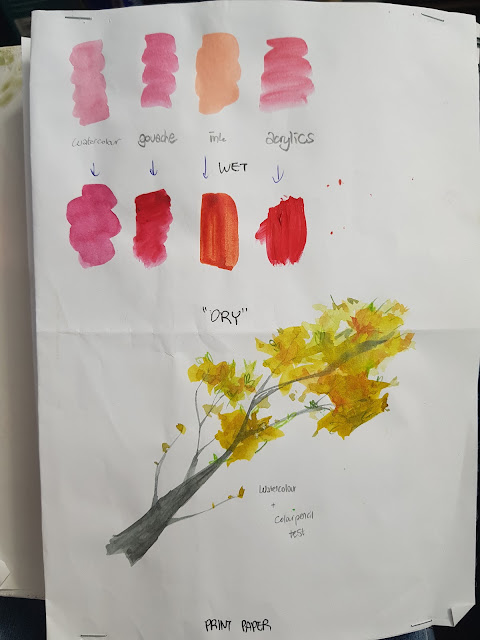Website Update

We did a review on our Wix websites to prepare for our submissions. As we have done in the last term, we quickly checked through all the icons and links so that they were functioning as intended. All my important links have been functioning properly, however I noticed that the link to my Instagram sketchbook was not functioning. This may be because of how my account was still in private mode when I used the link for my website, and caused it to malfunction when it was no longer private by the end of Term 2. This problem was easily fixed by refreshing the link. Otherwise, there were no other malfunctioning links and stock images (which has been replaced last term already) so I went onto prepare the gallery for my portfolio presentation. As my portfolio page is prepared for another tile I simply created a new subpage for this term's portfolio, reused the tile from last term , and linked them together, the tile image to be replaced later on. Then I changed the text...









